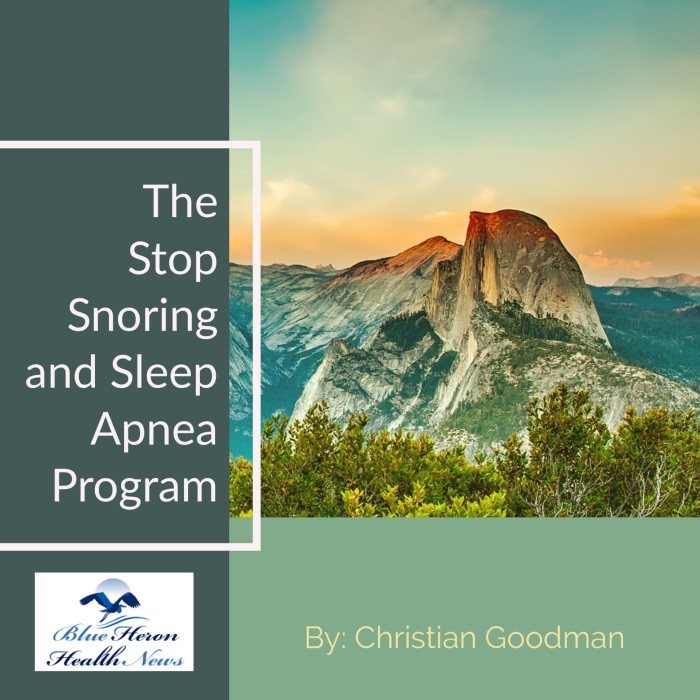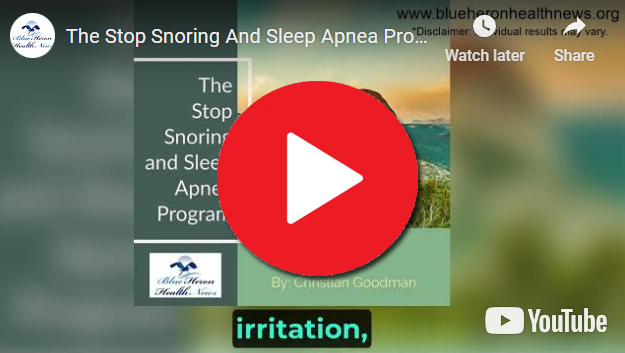
The Stop Snoring And Sleep Apnea Program™ a well-researched program created to help stop snoring and sleep apnea so that you can have a good night sleep. The techniques that you will learn from this program works immediately. It will only take you 3-7 minutes to perform these simple exercises that the author has recommended but the results that you will get will help you have a good night sleep as soon as tonight. Within a week, snoring will be a thing of the past.
What are the benefits and drawbacks of tongue retaining devices?
Tongue Retaining Devices (TRDs) are oral appliances used to treat snoring and mild to moderate obstructive sleep apnea (OSA) by preventing the tongue from collapsing back into the throat and obstructing the airway. Here are the benefits and drawbacks of using TRDs:
Benefits of Tongue Retaining Devices
1. Effective for Snoring and Mild to Moderate OSA:
- Reduced Snoring: TRDs effectively reduce or eliminate snoring by preventing the tongue from blocking the airway.
- Improved Airflow: By holding the tongue forward, TRDs keep the airway open, reducing the number and severity of apnea and hypopnea events.
2. Non-Invasive:
- No Surgery Required: TRDs offer a non-invasive alternative to surgical treatments for sleep apnea and snoring.
- No Need for CPAP: For patients who cannot tolerate Continuous Positive Airway Pressure (CPAP) therapy, TRDs provide a simpler and less cumbersome alternative.
3. Ease of Use:
- Simple Design: TRDs are generally simple to use and require minimal adjustments.
- Portability: These devices are small and portable, making them convenient for travel and easy to clean and maintain.
4. Cost-Effective:
- Lower Cost: TRDs are typically less expensive than CPAP machines and other medical treatments for sleep apnea.
- No Ongoing Costs: Once purchased, TRDs do not have ongoing costs such as filters or electricity.
5. Minimal Side Effects:
- Less Intrusive: TRDs are less intrusive than some other oral appliances, as they do not require adjustment of the jaw position.
Drawbacks of Tongue Retaining Devices
1. Initial Discomfort:
- Adjustment Period: Patients may experience initial discomfort or soreness in the tongue, lips, or gums as they get used to the device.
- Salivation: Some users experience excessive salivation or drooling, especially during the initial adjustment period.
2. Not Suitable for Severe OSA:
- Limited Effectiveness: TRDs are generally not recommended for patients with severe obstructive sleep apnea, as they may not provide sufficient airway support.
- Combination Therapy: Severe OSA patients may need to use TRDs in conjunction with other treatments, such as CPAP or positional therapy.
3. Potential for Tongue Irritation:
- Irritation and Soreness: The suction mechanism used to hold the tongue in place can cause irritation or soreness in some patients.
- Mouth Ulcers: Prolonged use may lead to mouth ulcers or discomfort if the device is not properly fitted or if the patient has sensitive tissues.
4. Compliance Issues:
- Adherence Challenges: Some patients may find it difficult to adhere to using the device consistently due to discomfort or inconvenience.
- Removal During Sleep: There is a risk of the device being removed unintentionally during sleep, reducing its effectiveness.
5. Limited Long-Term Data:
- Research: While TRDs are effective for many patients, there is limited long-term data on their efficacy and safety compared to other treatments like CPAP.
Practical Considerations for Using TRDs
1. Professional Fitting:
- Custom Fit: To ensure maximum effectiveness and comfort, TRDs should be fitted by a dentist or sleep specialist with experience in sleep apnea treatments.
- Adjustment: Regular follow-up appointments may be needed to adjust the fit and address any issues.
2. Gradual Acclimatization:
- Initial Use: Start by wearing the device for short periods while awake to get used to the sensation.
- Incremental Increase: Gradually increase the duration of use during sleep to allow the tongue and mouth to adapt.
3. Regular Cleaning:
- Hygiene: Clean the TRD daily to maintain oral hygiene and prevent the buildup of bacteria or mold.
- Cleaning Solutions: Use appropriate cleaning solutions or follow the manufacturer’s instructions for cleaning.
4. Monitoring and Follow-Up:
- Effectiveness: Regularly monitor the effectiveness of the device in reducing snoring and apnea events.
- Adjustments: If necessary, seek adjustments or alternative treatments if the TRD is not providing the desired results.
Summary
Tongue Retaining Devices (TRDs) offer several benefits for treating snoring and mild to moderate obstructive sleep apnea, including effectiveness, non-invasiveness, ease of use, cost-effectiveness, and minimal side effects. However, they also have drawbacks such as initial discomfort, limited suitability for severe OSA, potential tongue irritation, compliance challenges, and limited long-term data. Proper fitting, gradual acclimatization, regular cleaning, and monitoring are essential to maximize the benefits and minimize the drawbacks of using TRDs. Patients should consult with a sleep specialist to determine if a TRD is the appropriate treatment for their specific condition.

The Stop Snoring And Sleep Apnea Program™ a well-researched program created to help stop snoring and sleep apnea so that you can have a good night sleep. The techniques that you will learn from this program works immediately. It will only take you 3-7 minutes to perform these simple exercises that the author has recommended but the results that you will get will help you have a good night sleep as soon as tonight. Within a week, snoring will be a thing of the past.